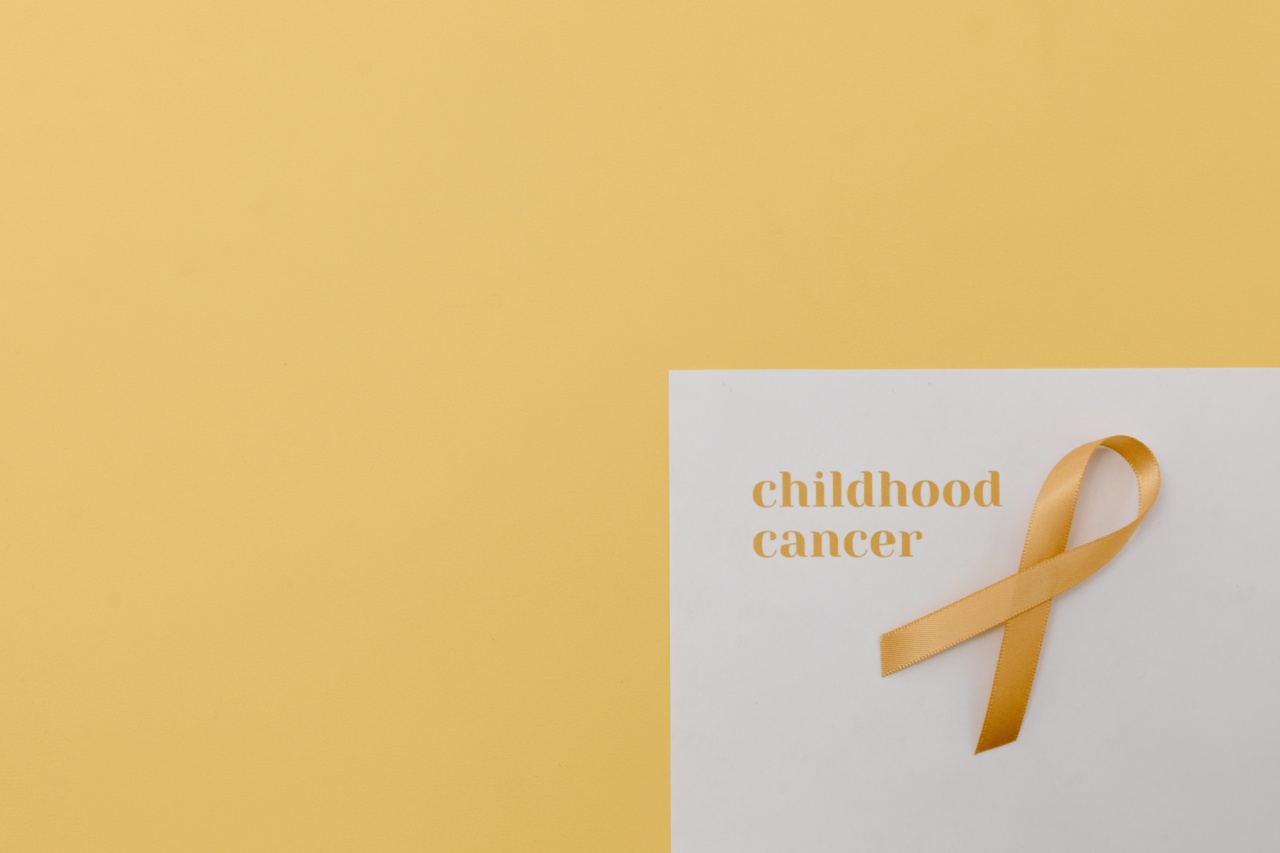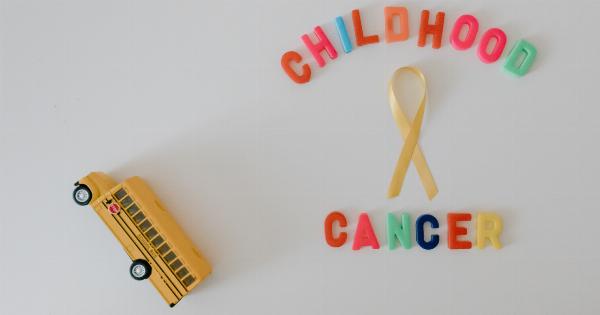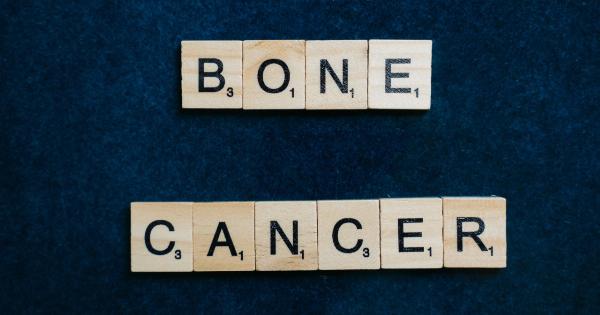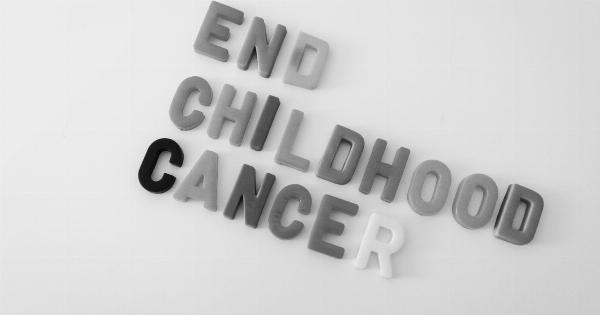Childhood cancer is a devastating diagnosis for any family to face. Unfortunately, in recent years, there has been an increase in the number of children diagnosed with cancer.
In this article, we will explore the reasons for this rise in childhood cancer incidences, the types of cancer most commonly diagnosed in children, and what can be done to prevent and treat childhood cancer.
Why have Childhood Cancer Incidences Increased?
While there is no one definitive answer to why childhood cancer incidences have increased, there are several factors that may be contributing to this rise. One factor is increased awareness and better diagnostics.
With more advanced technology and medical practices, doctors are better able to identify and diagnose childhood cancer, leading to an increase in reported incidences.
Another possible factor is environmental exposures. Children are more vulnerable to environmental toxins because they are still developing and have higher metabolisms.
Exposure to pollutants, such as pesticides, chemicals, and radiation, have been linked to childhood cancer. It is essential to pay attention to the environment and limit exposure to toxins to reduce the risk of childhood cancer.
Additionally, genetics may play a role. Some cancers, such as leukemia, are linked to genetic predisposition. Children with a family history of cancer may have a higher risk of developing cancer themselves.
Types of Childhood Cancer
While there are many types of cancer that can affect children, some are more commonly diagnosed than others. The types of childhood cancer include:.
- Leukemia
- Brain and central nervous system tumors
- Lymphoma
- Neuroblastoma
- Wilms tumor
- Bone cancer
Leukemia
Leukemia is a cancer of the blood and bone marrow, where the bone marrow produces abnormal white blood cells. This type of cancer is most commonly diagnosed in children between the ages of 2 and 4, but can occur at any age.
Symptoms of leukemia include fatigue, fever, easy bruising or bleeding, and bone pain. Treatment for leukemia typically involves chemotherapy, radiation therapy, and perhaps bone marrow transplant.
Brain and Central Nervous System Tumours
Brain and central nervous system tumors are the second most commonly diagnosed type of childhood cancer. These tumors can occur anywhere in the brain or spinal cord and can be cancerous or non-cancerous.
Symptoms of brain and central nervous system tumors include headache, nausea and vomiting, seizures, and difficulty with vision, hearing, or speech. Treatment for brain and central nervous system tumors may include surgery, radiation therapy, and chemotherapy.
Lymphoma
Lymphoma is a cancer that affects the lymphatic system, a part of the immune system that helps to fight off infections. The two main types of lymphoma are Hodgkin lymphoma and non-Hodgkin lymphoma.
Symptoms of lymphoma include swollen lymph nodes, fever, fatigue, and unexplained weight loss. Treatment for lymphoma may include chemotherapy, radiation therapy, targeted therapy, and immunotherapy.
Neuroblastoma
Neuroblastoma is a cancer that starts in the nerve cells of infants and young children. This cancer typically develops in the abdomen, but can also occur in other areas of the body.
Symptoms of neuroblastoma include a lump in the abdomen, bone pain, and a general feeling of being unwell. Treatment for neuroblastoma may include surgery, chemotherapy, radiation therapy, and immunotherapy.
Wilms Tumor
Wilms tumor is a cancer that develops in the kidneys of children. This type of cancer is most commonly diagnosed in children between the ages of 3 and 4. Symptoms of Wilms tumor include abdominal swelling, fever, nausea, and high blood pressure.
Treatment for Wilms tumor typically involves surgery to remove the affected kidney, and chemotherapy.
Bone Cancer
Bone cancer is a cancer that starts in the bones of the body. The most common type of bone cancer in children is osteosarcoma. Symptoms of bone cancer include bone pain, swelling, and fractures.
Treatment for bone cancer may include surgery, chemotherapy, and radiation therapy.
Preventing Childhood Cancer
While not all cases of childhood cancer can be prevented, there are steps that can be taken to reduce the risk of the disease. These include:.
- Avoiding exposure to environmental toxins, such as pesticides and chemicals
- Protecting children from the harmful effects of radiation
- Promoting a healthy lifestyle with a balanced diet and regular exercise
- Identifying and treating infections early
- Ensuring children receive recommended vaccines
Treating Childhood Cancer
Fortunately, there have been significant advances in the treatment of childhood cancer in recent years. Treatment for childhood cancer typically involves a combination of surgery, chemotherapy, and radiation therapy.
In some cases, targeted therapy and immunotherapy may also be used. Early diagnosis and treatment can improve a child’s chances of surviving cancer and living a healthy, productive life.
In addition to medical treatment, emotional and psychological support is also important for children and their families coping with childhood cancer.
Conclusion
Childhood cancer is a devastating diagnosis that impacts not only the child but also their families and communities.
While the incidence of childhood cancer has increased in recent years, there are steps that can be taken to reduce the risk of the disease and to improve outcomes for affected families. Increased awareness, early detection, and new treatment options are all working together to give children with cancer a fighting chance at a fulfilling life.

























